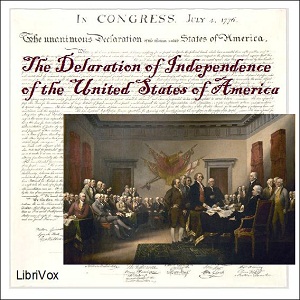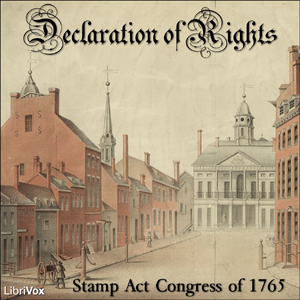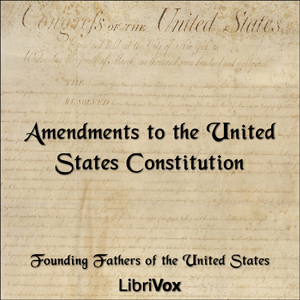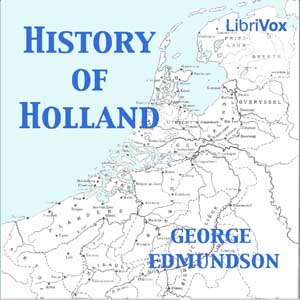- Introduction
- Universal History. A general view of its principal divisions
- I. Ancient History. A. Eastern peoples. Part 1. Egyptians
- Part 2. Jews (Hebrews, Israelites)
- Part 3. Babylonians and Assyrians
- Part 4. Phoenicians and Carthaginians
- Part 5. Lydians and Phrygians
- Part 6. Indians
- Part 7. Bactrians, Medes, Persians
- Part 8. Parthians
- Part 9. Chinese
- Part 10. Japanese
- B. Western peoples. Part 1. Celts.
- Part 2. Grecian History. a. Geographical survey of Ancient Greece
- b. Religion of the Greeks
- c. First Period. Mythical time, down to the Thessalian and Dorian migration (x-1104?)
- d. Second Period. From the Thessalian and Dorian migration to the beginning of the Persian Wars (1104?-500)
- e. Third Period. From the beginning of the Persian Wars to the loss of independence by the Battle of Chaeronae (500-338)
- f. Fourth Period. Graeco-Macedonian or Hellenistic Epoch down to the subjugation of Greece by the Romans (338-146)
- Part 3. Roman History. a. Geographical survey of Ancient Italy
- b. Religion of the Ancient Romans
- c. Ethnographical sketch of Italy
- d. First Period. Mythical Epoch of the Kings (753-510)
- e. Second Period. Struggles between Patricians and Plebeians, subjugation of Italy proper, to the beginning of the Punic Wars (510-264)
- f. Third Period. Punic Wars. From the beginning of Rome's universal Empire, to the destruction of Carthage and Corinth (264-146)
- g. Fourth Period. Firm establishment of the universal power of Rome. Period of the Civil Wars (146-31) First Part
- g. Fourth Period. Firm establishment of the universal power of Rome. Period of the Civil Wars (146-31) Second Part
- h. Fifth Period. Reigns of the Roman Emperors down to the Fall of the Western Empire (31 B.C.-476 A.D.)
- Part 4. Teutons
- Part 5. Slavs and Lithuanians
- II. Mediaeval History. First Period. From the Beginning of the migrations of the Northern tribes to the Treaty of Verdun (375-843). Part 1. Migrations of the Northern Peoples
- Part 2. Teutonic Kingdoms in Britain
- Part 3. The Kingdom of the Franks under the Merowingians
- Part 4. Mohammed (Mahomet) and the Caliphate
- Part 5. Kingdom of the Franks under the Carolingians
- Part 6. New Persian Empire of the Sassanidae (226-641)
- Second Period. From the Treaty of Verdun to the beginning of the Crusades (843-1096). Part 1. Italy and Germany
- Part 2. France
- Part 3. England
- Part 4. The North
- Part 5. Spanish Peninsula
- Part 6. The East
- Third Period. Epoch of the Crusades (1096-1270). Part 1. Crusades
- Part 2. Germany and Italy
- Part 3. France
- Part 4. England
- Part 5. The North
- Part 6. Spanish Peninsula
- Part 7. The East
- Fourth Period. From the conclusion of the Crusades to the discovery of America (1270-1492). Part 1. Germany
- Part 2. France
- Part 3. Italy
- Part 4. England
- Part 5. Spanish Peninsula
- Part 6. The North and East
- III. Modern History. First Period. From the discovery of America to the Peace of Westphalia (1492-1648) Part 1. Inventions, discoveries and colonies
- Part 2. America
- English, Dutch and Swedish Colonies in North America
- Part 3. Germany to the Thirty Years' War. The Reformation
- Part 4. The Thirty Years' War
- Part 5. France
- Part 6. Italy
- Part 7. Spanish Peninsula and the Netherlands
- Part 8. England and Scotland
- Part 9. The North and East
- Second Period. From the Peace of Westphalia to the beginning of the French Revolution (1648-1789) A. The second half of the 17th Century. Part 1. America
- Part 2. France
- Part 3. Germany
- Part 4. The North and East
- Part 5. England
- Part 6. India
- Part 7. China
- B. The 18th Century to the French Revolution. Part 1. War of the Spanish Succession
- Part 2. The Northern War
- Part 3. Germany
- Part 4. Denmark, Sweden, Russia, Poland
- Part 5. Spain and Portugal
- Part 6. Italy
- Part 7. America
- Part 8. Great Britain
- Part 9. The East
- Part 10. France
- Third Period. From the beginning of the first French Revolution to the Congress of Vienna (1789-1815). First Part
- Third Period. From the beginning of the first French Revolution to the Congress of Vienna (1789-1815). Second Part
- Third Period. From the beginning of the first French Revolution to the Congress of Vienna (1789-1815). Third Part
- Third Period. From the beginning of the first French Revolution to the Congress of Vienna (1789-1815). Fourth Part
- Fourth Period. From the Congress of Vienna to the present day (1815-x). Part 1. Inventions
- Part 2. Continental Europe (1817-1882). First Part
- Part 2. Continental Europe (1817-1882). Second Part
- Part 2. Continental Europe (1817-1882). Third Part
- Part 2. Continental Europe (1817-1882). Fourth Part
- Part 3. France (1815-1882)
- Part 4. Great Britain (1783-1882)
- Part 5. United States (1789-1882)
- Part 6. China (1796-1882)
- Part 7. Japan (1817-1882)
- Appendix (1883-x). Part 8. Great Britain (1883-1903)
- Part 9. Continental Europe (1883-1903)
- Part 10. United States (1883-1903)
- Part 11. Asia (1883-1903)
- Part 12. Leading events (1904-1914)
The fourteenth volume of the 15-volume series The World’s Story has a different concept than the previous books edited by Eva March Tappan. This book lists a detailed timeline of important events, starting from the early Eastern cultures till up to recent events from the beginning of the 20th century. The original book was compiled in German by historian Karl Ploetz (1819-1881) and translated into English for this series by William H. Tillinghast (1854-1913). - Summary by Sonia
There are no reviews for this eBook.
There are no comments for this eBook.
You must log in to post a comment.
Log in











